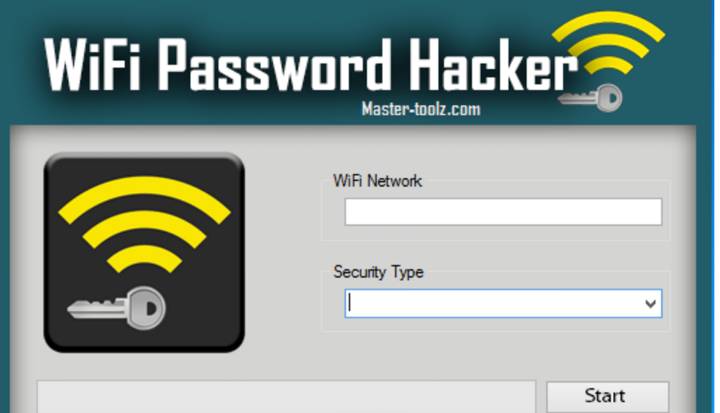- Wifi hacking is a topic that has garnered a lot of attention in recent years. With the increasing reliance on wireless networks, the need to secure them has become more important than ever. However, despite the importance of security, there are still many people who attempt to hack into wifi networks for various reasons. In this blog post, we'll explore the world of wifi hacking and discuss the different methods used by hackers to gain access to these networks. We'll also look at some of the tools and techniques used by security professionals to protect against wifi hacking.
Wi-Fi hacking involves unauthorized access to wireless networks for various purposes. Hacking into someone else's Wi-Fi network without permission is illegal and unethical. Information about the techniques and tools used in Wi-Fi hacking for educational purposes only.
1. Client De-Authentication:
Client de-authentication is a technique used to disconnect a client device from a Wi-Fi network. This can be done using tools like Aircrack-ng, which is available for various operating systems including Linux, Windows, and macOS. Aircrack-ng provides the "aireplay-ng" command that can be used to send de-authentication packets to the target client.
2. 4-way Handshake Capture:
The 4-way handshake is a process used for secure authentication in Wi-Fi networks using WPA/WPA2 encryption. Capturing the 4-way handshake can allow an attacker to attempt offline password cracking. Tools like Airodump-ng (part of Aircrack-ng suite) can be used to capture the handshake. Airodump-ng is available for Linux and Windows.
3. PSK Key Cracking:
Once the 4-way handshake is captured, an attacker can attempt to crack the Pre-Shared Key (PSK) used for Wi-Fi network authentication. Tools like Hashcat or John the Ripper can be used for this purpose. These tools support various operating systems including Linux, Windows, and macOS.
It is always recommended to use your knowledge and skills ethically and responsibly.
Dear valued blog viewers, thank you for your continued support and engagement. Your presence means the world to me! I assure you that exciting content awaits you in the upcoming posts, filled with valuable insights, inspiring stories, and practical tips. Stay tuned and let's continue this incredible journey together!


